Route Testing
The charging infrastructure needed for all HGVs in Scotland will comprise at least 63 en-route charger locations, of which 23 are already built or under development.
Route Testing the Charger Network
The core BEV charger network can be explored further to identify additional high-value charger locations.
Primary HGV routes from the sample data were identified and put to the test with ‘best’ and ‘worst case’ BEVs. The ability of these vehicles to complete the routes reveals additional charger locations which could enhance the core, minimum viable network. These additional locations would add value in further reducing journey time and distance penalties, boosting redundancy in cases where charge distances are marginal, and increasing user choice and convenience.
Note
Route Testing is a process by which the core network can be ‘analytically prototyped’ and further, potentially high value charger locations identified. Further work is required to systematically explore other HGV routes in Scotland. It is expected several additional charger sites will be required to deliver an enhanced/optimised BEV charger network beyond the minimum viable core network which forms the basis of this analysis.
Route specifics
Six routes are considered. Five reflect real-world supermarket logistics routes, while the sixth approximates an (anonymised) route drawn directly from the telematics dataset. The routes are as follows:
| Origin | Destination | Route |
|---|---|---|
| Eurocentral | Inverness | M8-M90-A9 |
| Eurocentral | Aberdeen | M8-M90-A90 |
| Bathgate | Newcastle | A720-A1 |
| Livingston | Carlisle | M8-M74 |
| Livingston | Cairnryan | M8-M77-A77 |
| Carlisle | Cairnryan | M6-A75 |
Table 1. Selected Logistics Routes
Vehicle Specifications
The vehicles to be tested on these routes within the Agent-Based Model represent best and worst case BEVs. The best-case vehicle is based on the median range of commercially available BEVs. The worst-case BEV takes the lowest performing commercially available vehicle and reduces the normal and winter ranges by approximately 20% (Table 2).
Table 2. Truck Specifications and Ranges
| BEV Model | Normal Range (km) | Winter Range6 (km) |
|---|---|---|
| MAN | 600 | 480 |
| DAF | 570 | 456 |
| Renault | 560 | 448 |
| Scania | 520 | 416 |
| Mercedes-Benz | 500 | 400 |
| Volvo | 450 | 360 |
| 16t Electric Truck | 241 | 193 |
| Best Case BEV | 360 (Median) | 288 (Median) |
|---|---|---|
| Worst Case BEV | 200 | 160 |
The charging infrastructure needed for all HGVs in Scotland will comprise at least 63 en-route charger locations, of which 23 are already built or under development.
Route 1: Glasgow-Inverness
This route covers approximately 290 km, connecting the Eurocentral industrial estate on the edge of Glasgow, to Inverness, via the M90 and A9. Three chargers on the core network are located along the route at Kinross, Ballinluig, and Dalwhinnie. Ballinluig is in the middle of this route, 140km from Glasgow and 150km from Inverness.
An alternative route would follow the M73 and M80, joining the A9 near Stirling. This is another location on the core charger network.
Table 3 shows how the simulated (worst case) and median (best case) BEVs perform over this route in summer and winter.
Recommendation
The charging location at Ballinluig is essential. The Dalwhinnie, Stirling, and Kinross locations will all be required to ensure full all-season viability of the route, and for vehicles running with sub-optimal efficiency.
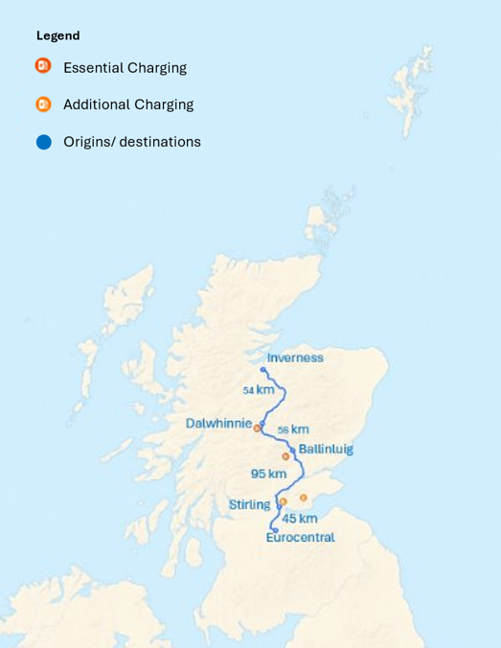
Table 3. Vehicle performance on the Glasgow-Inverness HGV route.
|
Charge Status |
Simulated Truck (Worst Case) |
Median Truck (Best Case) |
|
Can complete without charger, summer |
No |
Yes |
|
Can complete without charger, winter |
No |
No (marginal) |
|
Can complete with 1 charge (Ballinluig), summer |
Yes |
Yes |
|
Can complete with 1 charger (Ballinluig), winter |
Yes (marginal) |
Yes |
The charging infrastructure needed for all HGVs in Scotland will comprise at least 63 en-route charger locations, of which 23 are already built or under development.
Route 2: Glasgow-Aberdeen
This route covers approximately 250 km, connecting Eurocentral to Aberdeen via the M90 and A90. Three chargers are located along the route at Kinross, Dundee and Stracathro. Dundee is in the middle of this route, 137 km from Glasgow and 116 km from Aberdeen.
Table 4 shows how the simulated (worst case) and median (best case) trucks perform over this route in summer and winter.
Recommendation
The charging location at Dundee is essential.
Additional charging at Kinross would be beneficial to ensure full all-season viability of the route. It also supports BEV usage of the Edinburgh-Inverness route.
The Stracathro location is not essential for the viability of this route, as 116 km is within the range of all vehicles in all foreseen circumstances.
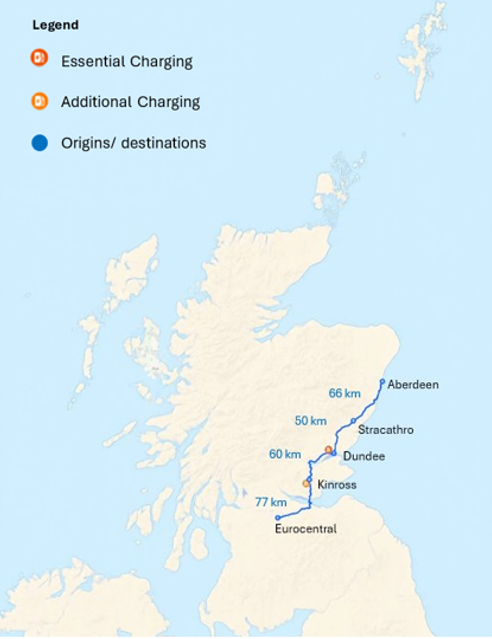
Table 4. Vehicle performance on the Glasgow-Aberdeen HGV route
|
Charge Status |
Simulated Truck (Worst Case) |
Median Truck (Best Case) |
|
Can complete without charger, summer |
No |
Yes |
|
Can complete without charger, winter |
No |
Yes |
|
Can complete with 1 charge (Dundee), summer |
Yes |
Yes |
|
Feasibility with 1 charger (Dundee), winter |
Yes (marginal) |
Yes |
The charging infrastructure needed for all HGVs in Scotland will comprise at least 63 en-route charger locations, of which 23 are already built or under development.
Route 3: Livingston-Newcastle
This route covers approximately 230 km, connecting Bathgate to Newcastle via the M8 and A1. Two chargers are located along the A1 at Dunbar and Eyemouth. Eyemouth is in the middle of this route, just under 115 km from both Livingston and Newcastle.
Recommendation
The charging location at Eyemouth is essential, ensuring logistics operations can run smoothly between Scotland and the North East of England. The Dunbar location is not essential for the viability of this route, and nor is a charger between Eyemouth and Newcastle, as 115 km is within the range of all vehicles in best and worst case scenarios.
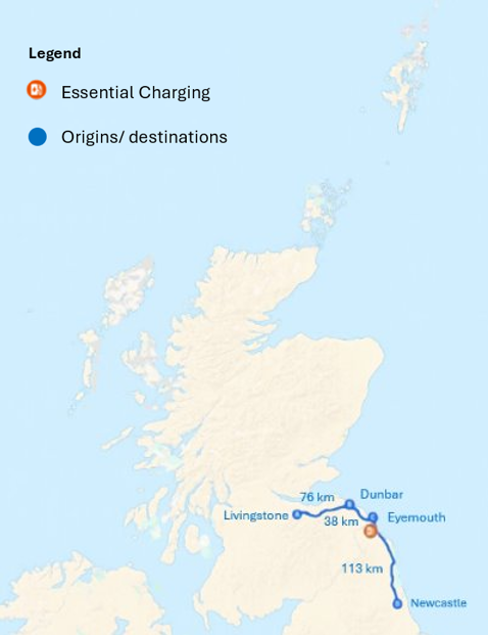
Table 5. Vehicle performance on the Livingston-Newcastle HGV route
|
Charge Status |
Simulated Truck (Worst Case) |
Median Truck (Best Case) |
|
Can complete without charger, summer |
No |
Yes |
|
Can complete without charger, winter |
No |
Yes |
|
Can complete with 1 charge (Eyemouth), summer |
Yes |
Yes |
|
Feasibility with 1 charger (Eyemouth), winter |
Yes |
Yes |
The charging infrastructure needed for all HGVs in Scotland will comprise at least 63 en-route charger locations, of which 23 are already built or under development.
Route 4: Livingston-Cairnryan
This route covers approximately 170 km, connecting Bathgate to Cairnryan Port via the M8, M77 and A77. One charger is located along the route at Hamilton (Mossend). Alternatively, a diversion can also be made to the charging location at Ardrossan. This breaks the journey into two very feasible chunks of just under 110 km each but adds approximately 45 km to the route.
Recommendation
One charging location is essential to ensure full feasibility of the route, including in harsh weather conditions and for vehicles running with sub-optimal efficiency. The illustrated route via Mossend is viable in most situations.
Additional charging could be made available on the A77 around Ayr to avoid the diversion to Ardrossan, which is otherwise necessary for many vehicles in winter weather conditions.
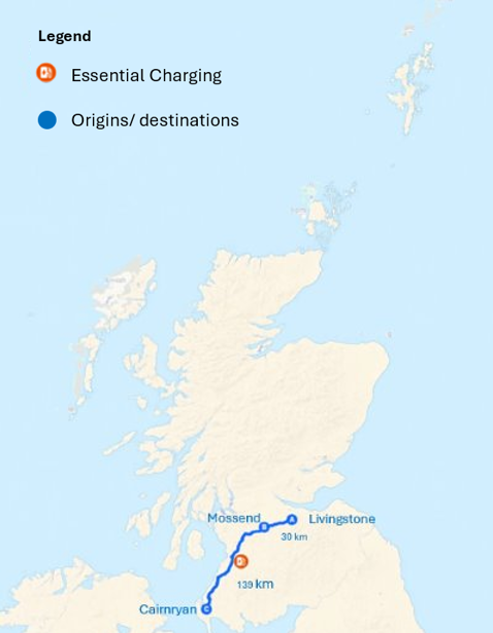
Table 6. Vehicle performance on the Livingston-Cairnryan HGV route
|
Charge Status |
Simulated Truck (Worst Case) |
Median Truck (Best Case) |
|
Can complete without charger, summer |
Yes |
Yes |
|
Can complete without charger, winter |
No (marginal) |
Yes |
|
Can complete with 1 charge (Hamilton), summer |
Yes |
Yes |
|
Feasibility with 1 charger (Hamilton), winter |
Yes |
Yes |
The charging infrastructure needed for all HGVs in Scotland will comprise at least 63 en-route charger locations, of which 23 are already built or under development.
Route 5: Carlisle-Cairnryan
This route covers approximately 175 km, connecting Carlisle to Cairnryan via the A75. No chargers are located along this route, although Cairnryan (Loch Ryan Port) is part of the suggested charger network, which means that vehicles can charge at the end of the route.
A diversionary charge is available towards the start of the route, in the vicinity of Annandale Water. This increases the route length to around 205 km, composed of two shorter routes of 148 km and 55 km.
Recommendation
Additional charging could be made available between Dumfries and Cairnryan (Castle Douglas) to ensure full viability of the route, including in harsh weather conditions and for vehicles running with sub-optimal efficiency.
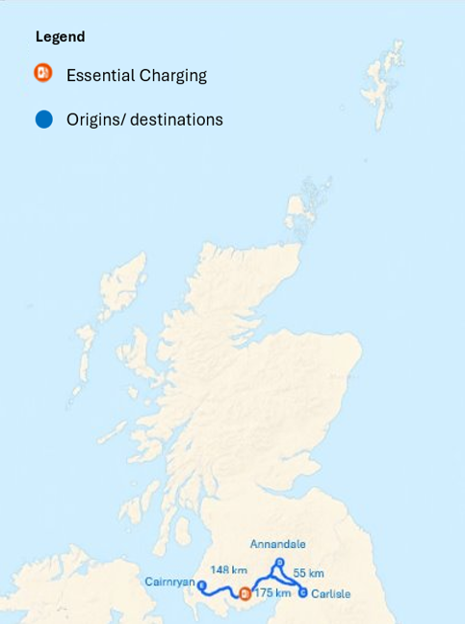
Table 7. Vehicle performance on the Carlisle-Cairnryan HGV route
|
Charge Status |
Simulated Truck (Worst Case) |
Median Truck (Best Case) |
|
Can complete without charger, summer |
Yes (marginal) |
Yes |
|
Can complete without charger, winter |
No (marginal) |
Yes |
|
Can complete with 1 charge (Annandale), summer |
Yes |
Yes |
|
Feasibility with 1 charger (Annandale), winter |
Yes (marginal) |
Yes |
The charging infrastructure needed for all HGVs in Scotland will comprise at least 63 en-route charger locations, of which 23 are already built or under development.
Route 6: Livingston-Carlisle
This route covers approximately 175 km, connecting Bathgate to Carlisle via the M8 and M74. Three chargers are located along the route in the vicinity of Hamilton (Mossend), Abingdon and Annandale Water.
Annandale Water was highlighted above as being essential for the Carlisle-Cairnryan route. It can play a similar role on this route, being only 120 km from Livingston and 55 km from Carlisle, which are viable distances for all vehicles in all foreseen circumstances.
Recommendation
The charging location in the vicinity of Annandale Water is not essential for this route but would ensure BEVs can travel between Livingston/Edinburgh and the North-West of England in winter weather conditions.
The Annandale Water location is essential for routes to Northern Ireland via Cairnryan and would ensure logistics operations can run smoothly between Scotland, the North-West of England, and Northern Ireland.
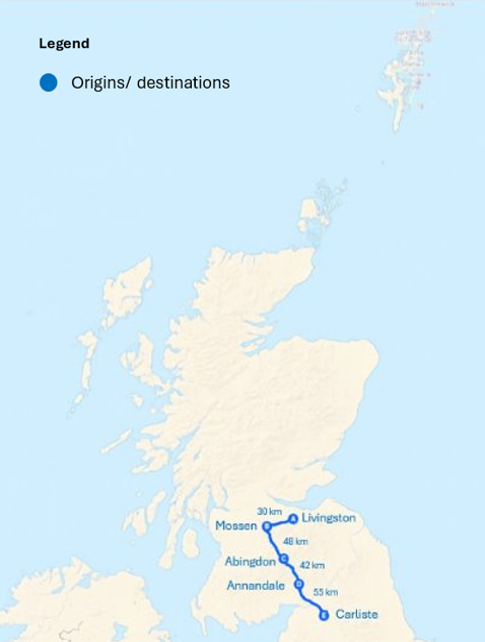
Table 8. Vehicle performance on the Livingston-Carlisle HGV route
|
Charge Status |
Simulated Truck (Worst Case) |
Median Truck (Best Case) |
|
Can complete without charger, summer |
Yes (marginal) |
Yes |
|
Can complete without charger, winter |
No (marginal) |
Yes |
|
Can complete with 1 charge (Annandale), summer |
Yes |
Yes |
|
Feasibility with 1 charger (Annandale), winter |
Yes |
Yes |